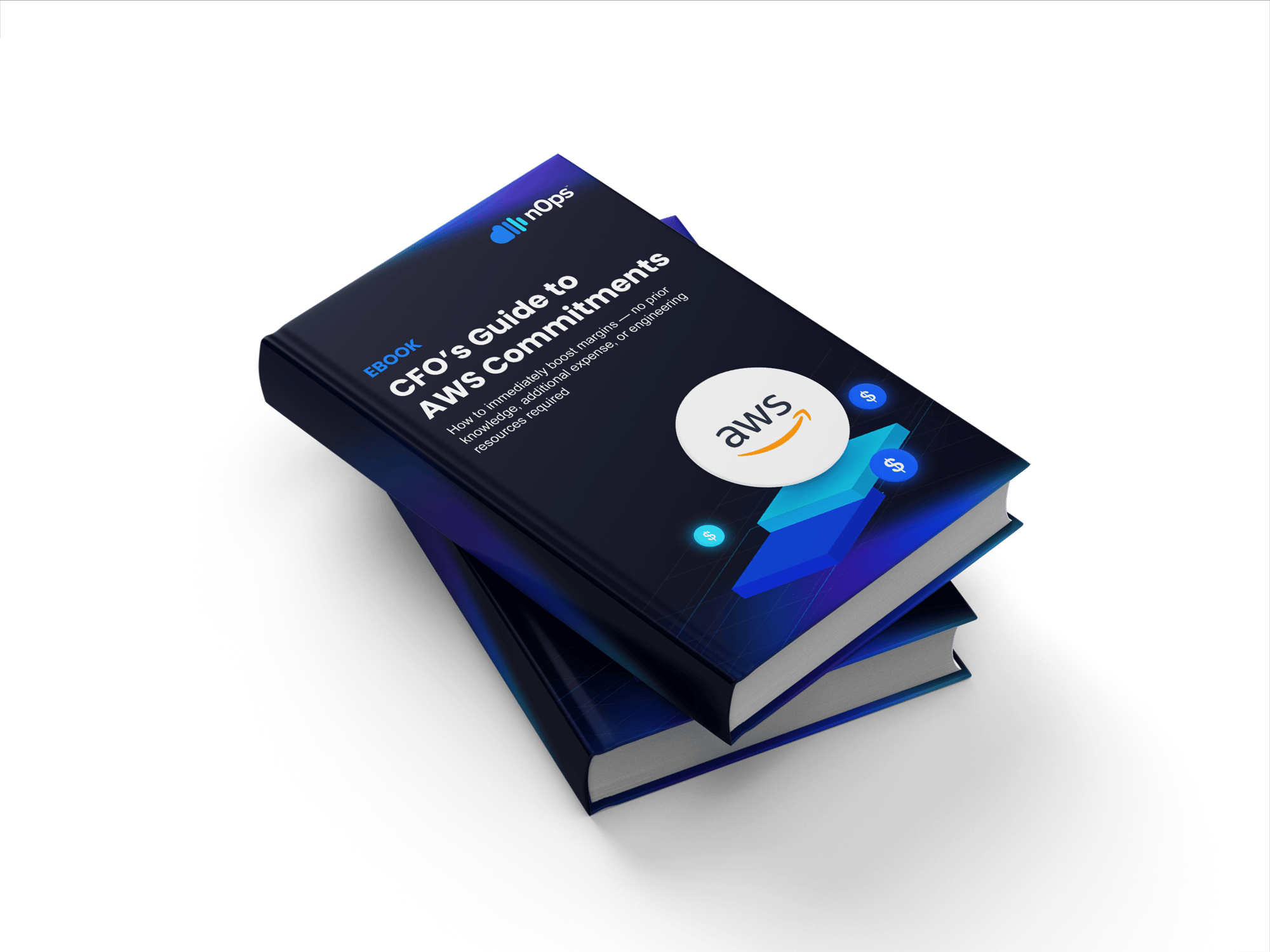AWS Spot Instances offer access to unused EC2 capacity at steep discounts—often up to 90% off On-Demand pricing. They’re best suited for flexible, fault-tolerant workloads like batch processing, CI/CD pipelines, large-scale testing, and rendering jobs. Because AWS can reclaim Spot capacity with little notice, they’re not recommended for stateful or latency-sensitive applications unless paired with fallback strategies.
In most cases, Spot Instances are used to supplement, not replace, On-Demand or Reserved Instances—helping reduce compute costs while maintaining reliability. Pricing is dynamic and fluctuates based on real-time supply and demand across instance types and Availability Zones. To use Spot effectively, it’s essential to understand market trends, capacity pools, and interruption rates.
When to use Spot instances
Spot instances are often used for the following:
Batch Processing Tasks. Batch processing workloads involve processing large amounts of data at a go. Tasks, such as generating reports, processing documents, and encoding video, are ideal for Spot Instances. This is because they are mostly stateless and rely intensively on numerous processors.
Continuous Integration (CI). With Spot Instances, you can easily scale CI/CD tasks running on apps like GitLab and Jenkins. CI tasks run on irregular schedules, and using On-Demand instances can be extremely expensive.
High-Performance Computing. You can use Spot Instances for applications and workloads that require a fast network, quick storage, massive amounts of memory, and high computing capabilities. AI- and ML-powered applications can be costly on GPU instances, making Spot Instances the best option.
Big Data Analytics. You can use Spot Instances to reduce the cost of big data analytics. Analyzing massive data sets to derive useful insights is an intensive process that works best with Spot Instances. Spot Instances provide instant scalability, which improves performance.
Rendering Workloads. The AWS computing capacity allows you to render noncostly workloads with Spot Instances.
The advantages of Spot
Spot Instances are ideal because:
- They allow easier automation
- They are easy to use
- You can use them on a massive scale
- You can launch instantly every time there is an active spot request.
When to not use Spot instances
Spot Instances are not recommended for workloads that require high availability or have strict fault tolerance. Because AWS can terminate Spot capacity with just a two-minute warning, any disruption can lead to data loss, degraded performance, or failed operations. Services like databases, caches, and queues—where consistency, persistence, and fast recovery are critical—should run on more stable compute options like On-Demand or Reserved Instances. Using Spot for these types of workloads can introduce significant operational risk.
How to make running on Spot easy
nOps automates the full process of running on Spot. It intelligently provisions all your compute automatically so you get the best pricing available without sacrificing any reliability. And with awareness of all your commitments, it ensures you’re on the most reliable and cost effective blend of Spot, Savings Plans, Reserved Instances, and On-Demand.
Here are the key benefits:
- Effortless cost savings. nOps automatically selects the optimal instance types for you, freeing up your time to focus on building and innovating.
- Enterprise-grade SLAs for the highest standards of reliability. Run production and mission-critical workloads on Spot with complete confidence.
- No vendor-lock in. Just plug in your preferred AWS-native service (EC2 ASG, EC2 for Batch, EKS with Karpenter or Cluster Autoscaler…) to start saving effortlessly, and change your mind at any time.
- No upfront cost. You pay only a percentage of your realized savings, making adoption risk-free.
nOps manages over $2 billion in cloud spend and was recently ranked #1 in G2’s cloud cost management category. Join our customers using nOps to slash your cloud costs and leverage Spot effortlessly by booking a demo today.


